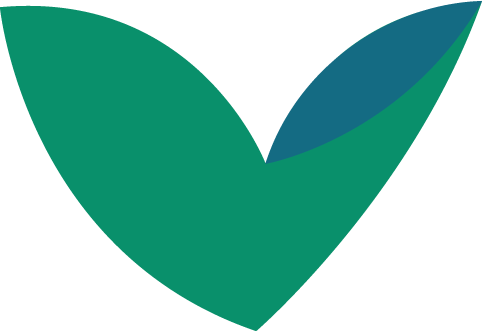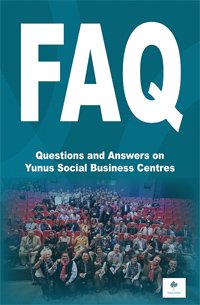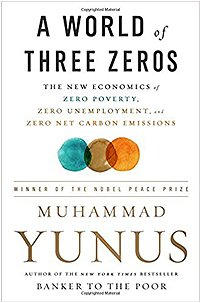A lending model that could alleviate poverty
By Thomas Kostigen
SANTA MONICA, Calif. (MarketWatch) - "If we change the banks' mind, the whole world will change," wrote Muhammad Yunus at the opening of Grameen America's New York City branch last year.
His timing couldn't be better. Yunus's Grameen America bank is betting that what worked on the streets of Bangladesh can work in the United States.
 Grameen America provides small loans, known as microloans, and other financial services to individuals living below the U.S. poverty line who want to grow a small business.
Grameen America provides small loans, known as microloans, and other financial services to individuals living below the U.S. poverty line who want to grow a small business.
As people occupy Wall Street among other places in the country in protest of the increasing dichotomy between the rich and the poor in America, and as the number of people living in poverty grows to record levels, a "Third World America" - as Arianna Huffington puts it - is indeed developing before our eyes.
Financial instruments geared to the less well-off should therefore be in high demand and should be looked at seriously by investors. In fact, it's exactly these types of vehicles that the "occupiers" on Wall Street should be embracing to effect change.
Blocking traffic is one way to gain attention, but that isn't going to change much, if anything, about the economy; Grameen's system would.
Here's how Grameen America works: An individual who lives below the poverty line selects four others in the same predicament and forms a group. Sponsored by Grameen America's bank, the group goes through a five-day financial training program and opens a savings account.
Each borrower gets a small business loan - no collateral or credit history required. Weekly group meetings are held with a credit manager. The borrowers begin to repay their loans and deposit savings.
Over the past year more than 7,000 loans have been disbursed totaling $24 million.
Pulling people out of poverty and putting them on the right track to financial success can shift the economic landscape. By leveraging community, the plight of the poor can change. And boy is it in need of change.
Almost 50% of the income earned in the United States goes to the 20% who make the most, according to recent Census Bureau data. Meanwhile, the number of people living in poverty in America exceeds 15% of the population - the highest poverty rate since the census began tracking incomes.
Most disturbing is the number of people living in "deep poverty," defined as 50% below the poverty line. At nearly 7%, it's the highest level on record in the U.S. The poverty line is defined as a household of four living on less than $22,113 per year.
What Grameen also does, if you pay close attention to its model, is leverage community. They found when borrowers are in a group and held accountable to their peers, their repayment rates increase.
Community-based lending sites such as Prosper.com have also found success using this model.
As social network sites lap up people around the world and arm them with information and the kind of education that incites them to revolt, the powers that be ought to rethink the way they run their financial kingdoms.
Decentralizing the financial structure and lending more power to the people, through community and peer-based programs, may allay the fears of aristocracy sweeping America today.
If enough dollars are invested in the bottom of the pyramid, it will stabilize the U.S. economic foundation and begin to point the country in the right direction again.
The days of high finance are over, and it's the dawn of microfinance in America
Source: http://www.marketwatch.com/story/a-lending-model-that-could-alleviate-poverty-2011-10-07


